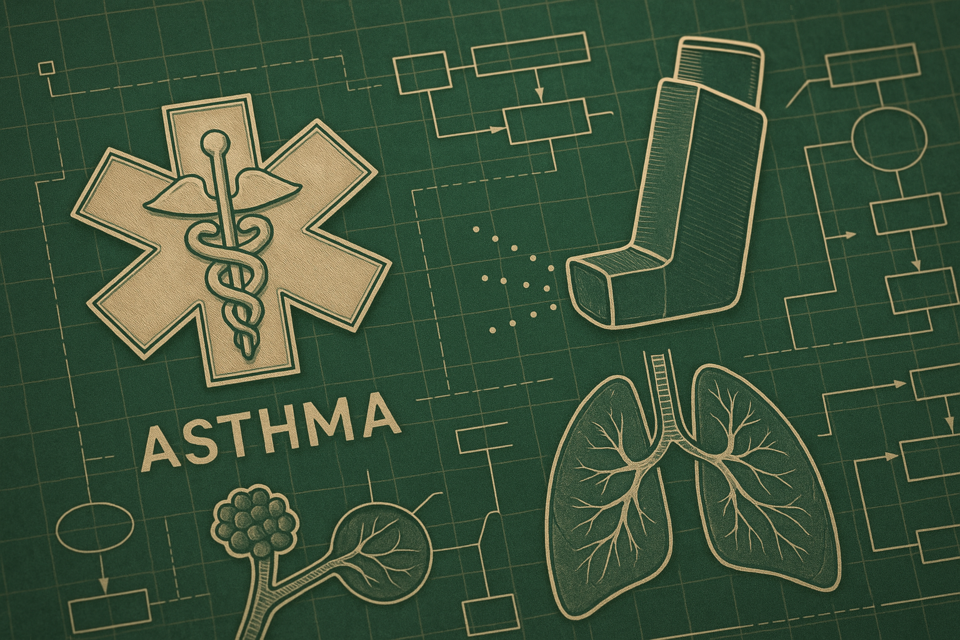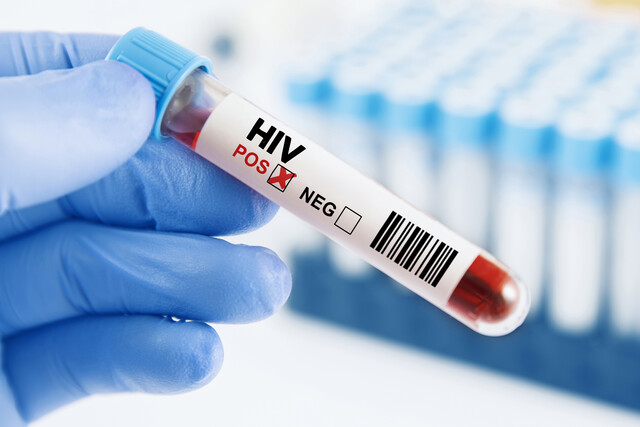Asthma 101
Understanding and Coping with Asthma

4 Hours average completion time
0.4 CEUs
11 Lessons
21 Exams & Assignments
16 Discussions
11 Videos
12 Reference Files
64 Articles
Mobile Friendly
Last Updated October 2025
Welcome to Asthma 101, an introduction into the medical condition known as asthma. Do you know the difference between asthma and allergies? We'll explain that in this course. Students will also learn about the usual suspects when it comes to asthma symptoms and the different types of asthma that an individual can be diagnosed with, depending on occupation, lifestyle and hypersensitivity to foods, drugs, and the environment.
In this course, students will also learn how to identify risk factors for contracting asthma as well as a understand the background into genetic information that may be associated with the condition. Managing asthma is also a focus of this course, and students will learn how to provide and contribute to long-term therapy and approaches to asthma treatment following a diagnosis.
In this course, we'll cover a number of commonly prescribed medications and alternative treatments for relief of asthma symptoms. Both prescription and over-the-counter medications used to treat asthma are also covered in this course, as is the use of a variety of diagnostic methodologies to develop a well-rounded and effective short-acting and long-term treatment plan for management of asthma symptoms.
You'll learn about some of the more common complications that those diagnosed with asthma need to watch out for as well as steps that you can take to create a cleaner, safer and healthier home environment.
Students will also learn how asthma affects children, pregnant women and the elderly in different ways and steps that each group can take in their fight against asthmas by discussing medications, lifestyle changes, and knowledge that helps reduce the frequency and severity of asthma attacks in a variety of environments.
- Assess asthma risk factors and triggers
- Develop personalized asthma management strategies
- Navigate dietary and medication considerations
- Identify asthma versus allergy symptoms
- Create a healthy home environment for asthma care
- Tailor asthma management for diverse age groups
- Implement effective asthma treatment planning
- Enhance proactive asthma lifestyle adaptations
- Recognize asthma's genetic and environmental influences
- Integrate medical and alternative asthma therapies
Choose from plans starting at just $16/month (billed annually)
See Your Team Succeed
Empower your team instantly with an integrative group enrollment system. Purchase licenses in bulk with Group Discounts.






















